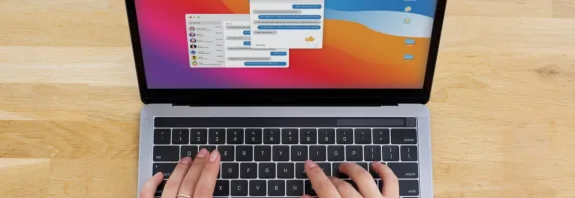How to Set Up Parental Controls

How to Set Up Parental Controls: Protecting Kids in the Digital World
How to Set Up Parental Controls – Parental controls are tools that help limit children’s access to inappropriate content, manage screen time, and ensure their safety online. Modern devices and apps offer user-friendly ways to set up these restrictions. In this article, we’ll explore how to enable parental controls on various platforms.
Step 1: Define Your Goals
Before setting up parental controls, decide what you want to manage:
- Restricting access to websites or apps;
- Controlling screen time;
- Monitoring activity (e.g., YouTube usage or gaming).
Settings on Smartphones and Tablets
Android (Google Family Link)
- Download the App: Install Google Family Link from Google Play on both your phone and your child’s device.
- Create an Account: Set up a Google account for your child (if they don’t have one) and link it to yours via Family Link.
- Configure Restrictions:
- Select your child’s profile in the app.
- Under “Screen Time,” set daily limits.
- In “Content,” block specific apps or websites.
- Enable “Filters” for Google Play and YouTube.
- Confirm: Your child won’t be able to change settings without your password.
iOS (Screen Time)
- Access Settings: On an iPhone or iPad, go to “Settings” > “Screen Time.”
- Enable the Feature: Tap “Turn on Screen Time” and select “This is My Child’s Device.”
- Set a Passcode: Create a code only you know.
- Configure Restrictions:
- “Downtime”: Block apps during specific times (e.g., at night).
- “App Limits”: Restrict time spent on games or social media.
- “Content & Privacy Restrictions”: Block purchases, adult websites, or specific apps.
Settings on Computers
Windows 10/11
- Create a Child Account: Go to “Settings” > “Accounts” > “Family & Other Users” > “Add a Family Member” > “Add a Child.”
- Manage via Microsoft Family Safety:
- Sign in to family.microsoft.com with your account.
- Select your child’s profile.
- Set time limits, website filters (for Edge), and app restrictions.
- Enable Reporting: Turn on activity reports to monitor your child’s actions.
macOS
- Access Settings: Go to “System Preferences” > “Parental Controls.”
- Add a User: Create a restricted profile for your child.
- Configure:
- Limit apps and websites.
- Set time restrictions for usage.
- Enable content filters.
Settings on Smart TVs
- Open the Menu: Navigate to the TV’s “Settings” (varies by brand: Samsung, LG, Sony, etc.).
- Find Parental Controls: Look for sections like “Security,” “Lock,” or “Restrictions.”
- Set a PIN: Create a password for accessing settings.
- Restrict Content: Block channels, apps (e.g., YouTube), or set age ratings.
Online Settings
- Wi-Fi Router: Many routers (e.g., TP-Link, ASUS) have built-in parental controls. Access the router’s settings (usually via 192.168.0.1), find “Parental Control,” and set restrictions by device or website.
- Google SafeSearch: Enable in the browser to filter unsafe content.
Tips
- Explain to your child why you’re setting up controls to avoid conflicts.
- Regularly check settings, as children may find workarounds.
- Use third-party apps (e.g., Qustodio, Kaspersky Safe Kids) if built-in features are insufficient.
Conclusion
How to Set Up Parental Controls – Setting up parental controls is a simple way to protect your child from inappropriate content and help them use devices responsibly. Choose the platform you need and follow these instructions to create a safe digital environment.









